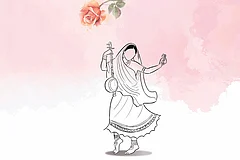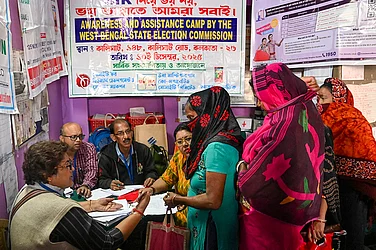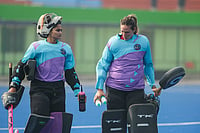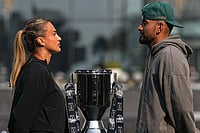It was unbearably hot and humid when I stepped off the State Transport bus in Kolhapur at the peak of summer. I had just graduated from college and was looking for a job in Mumbai. Since I didn’t know the way, I opted for an auto-rickshaw. This was my first time visiting Tanuja’s Kolhapur house, who later became my life partner. I could understand her parents’ apprehension in receiving me. I was sweating profusely after climbing four storeys, and I had hardly slept on the bus; my first impression must have been a forgettable one. I introduced myself. Of course, I faltered and, on that cue, in walked a balding older man with a long white beard. He was dressed in a white kurta and pyjamas and had a pleasant smile and an unforgettable demeanour.

He wasn’t strongly built or tall, but he was a charismatic person, an enigma, an institution, a source of wisdom, and a witty, warm and delightful personality. He addressed the elephant in the room with such ease that I opened up immediately to him. That’s the start of the bond between us. He was Tanuja’s grandfather, Raghunath Shivram Khanolkar, fondly called ‘‘Tatya’’ by everyone.

Tatya had a special gift for getting to know people within minutes, and his home was always buzzing with fascinating characters. He had a top-notch sense of humour and a warm and delightful personality. I remember asking him once how he managed to find the time and energy to converse with so many varied people and how he could remain so patient. He looked at me with a sheepish smile and replied, “Look at you; I am tolerating you without any fuss.” His impulsive response caught me off- guard, and I couldn’t help laughing out loud.

Tatya was a true connoisseur of Indian classical music, an ardent fan of sports, and literature, and, above all, a people person. He had a captivating voice and a cheerful disposition. I later learned that he was a freedom fighter and an ex-PWD engineer, a socialist at heart whom his friends, colleagues, and co-workers truly respected.

Born in 1918 in Jamkhandi, Karnataka, Tatya spent most of his life in Pune. He lived in a modest residence in a middle-class locality in Sadashiv Peth, Pune, in an old building that had witnessed many stories of British rule in India and post-independence. His tiny room on the first floor overlooked a window with metal bars and a door with a sticker in Marathi that read, “The most significant advantage of speaking the truth is that you don’t have to remember what you said.”
He used to relax on his old Burma teak bed. Beside it hung a kalnirnay, a calendar in Marathi found in most Maharashtrian middle-class households, and a small showcase housing the spools of his collection of live recordings of Indian classical vocalists and musicians. The room was furnished with three used foldable metal chairs, a brass table bell from his office days, an old dial-in telephone, and a few Pune electric power supply bills next to it.
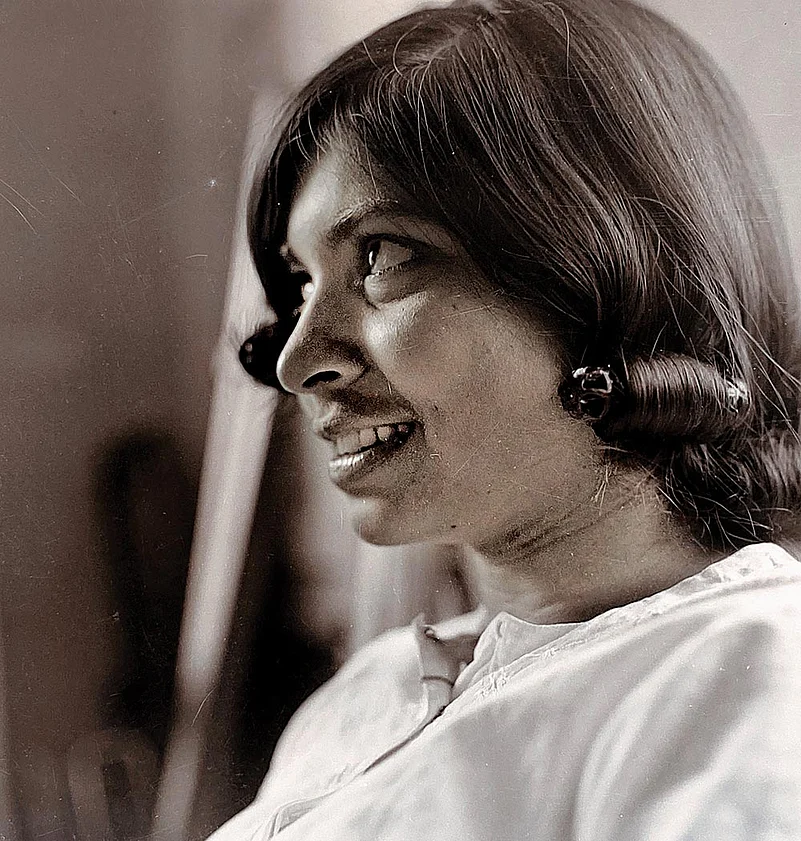
Tatya had a great rapport with most maestros of Indian classical music of his generation. From the 1950s to the 90s, many of them used to frequent his humble abode. Add to that Marathi theatre and film personalities. It was expected to have artists coming to see him or he visiting their film sets or performances or receiving invites for a coffee or dinner or baithak at their place. I remember he dragged Tanuja and me to S M Joshi and P L Deshpande’s house to receive their blessings after we got married.

I used to call him late at night during football World Cup matches or after the day of test cricket was over. He used to keep a diary in which he kept a scorecard, to mark a record in his style. He had a diary for his everyday routine, which I found later. It was very detailed and described all his meetings and the expenditure of that particular day, from the petrol usage of his scooter to the time he woke up or went to bed.

During British rule, when Tatya’s house was raided, they found a gun and a few cartridges. He was imprisoned for a few months. He never stopped his social work, even when he was a government servant in free India; however, the earnings were modest, and the lifestyle was as simple as any Maharashtrian lower-middle-class living in Pune. But he was wealthier and more prosperous than most.

Tatya was an amateur but a passionate photographer; his camera used to follow him everywhere. He captured Nehru, the Prime Minister of India at that time, several artists, musicians, the Indian cricket team, and even a cabaret dancer in a nightclub. He had his tiny photo-developing lab at home. He shared many stories of Pandit Mallikarjun and Pandit Bhimsen ji with me.

When my mother decided I should marry, Tatya insisted on seeing my parents. Even when my parents refused, he forcefully handed me the money he had saved for his granddaughter. All of us arrived late at Pune for the engagement ceremony, but he entertained everyone and didn’t show any resentment or question why we arrived late.

Our friendship and bond grew stronger with each passing year. When we moved into our new house and studio, he stayed with us in Mumbai. Whenever we had time, we made it a point to see him in Pune. He always encouraged us, and we felt secure around him. It was noteworthy to see the way he conducted himself in the world outside of the Madiwale Colony, Sadashiv Peth.

The images Tatya captured and his compositions are as simple and truthful as he was. There was honesty and a minimal approach to his work. He always made his subjects the focal point and got the best out of them. Those were the days of analogue photography, a period of trial and error, an expensive hobby for an engineer working in a government office. The glory day of his career was when he finally got to exhibit his photographs in Bal Gahdharv Mandir’s art gallery, and the icing on the cake was that Prime Minister V P Singh inaugurated his exhibition amid other dignitaries, musicians and artists. I have also seen his old pictures hanging out with the painter of Kolhapur, Ravindra Misty, P L Deshpande, Vasantrao Deshpande and many other well-known artists.
The day we got a call that he had suffered a heart attack and passed away in his sleep, we immediately rushed to Pune to discover that he had donated his body. I felt like I had lost one of my parents. He died peacefully without bothering anyone, as graciously as he lived. Tatya was one of the most beautiful souls I have ever met, and I feel lucky to have known him.
(Text by Sunil Padwal and photographs by Tatya)
This appeared in print as 'The Grand Tatya'














